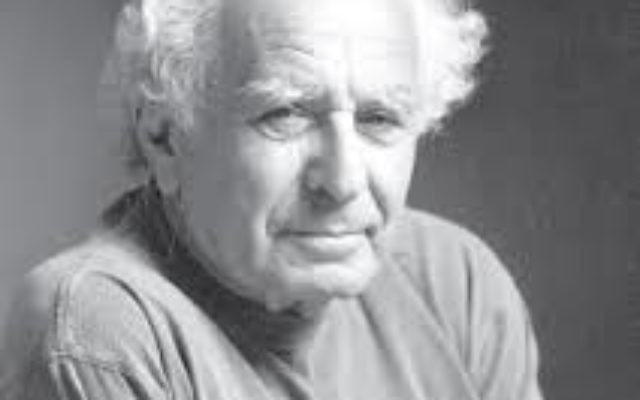When Zionist Dream Meets Israel’s Reality
By Eugen Schoenfeld
This is the last of a four-part series examining the Jewish people’s eternal longing for Israel.
Beginning with the Zionist Conferences in Basel (1897 and on), our vision of Israel began to change.
Zionists began to see Israel as a secular homeland. The hope to rebuild the Temple and return to the old cultic service was discarded, and instead we looked at Israel as a historical entity, a country reflecting the moral responsibility taught by the prophets.
We did not discard the rabbinical teachings — the study of the Talmud. Most of the Zionist leaders were steeped in Talmudic knowledge, and they used this knowledge not for the sake of obedience to the law, but as a way for us to understand our historical legacy.
The Zionists saw Israel as our country of refuge, where Jews would not have to hide their identity or be punished for it, but they discarded Maimonides’ 12th and 13th principles of faith: the belief in the coming of the Messiah and the revival of the dead when we are redeemed by the Messiah.
It was evident to everyone that a country as small as Israel could not absorb all the Jews of the world, so there would always be Jews, perhaps even a majority of Jews, living in other countries.
Zionists posed the question of what Israel’s function should be for Jews living in other countries. That was a major problem for Asher Ginsberg, who wrote under the name Ahad Ha’am. Unlike the religious perspective, in which all problems are solved by G-d, he as a Zionist was concerned with solving real problems, such as the Jewish-Arab interrelationship and poverty among Jews in Israel.
Israeli Jews, in his view, had to realize that independent Israel could not exist merely as a country of refuge to Jews abused in various countries. Israel also had to place importance on spiritual and cultural Judaism and on Judaism’s transition into modern times.
His concern lay in a national revitalization of Judaism within and outside Israel. Jews living in Israel needed to help infuse into Jews and Judaism a humanistic ethical perspective that he called ruchani ha muchlat.
In short, he advocated, as did Rabbi Mordechai Kaplan, the enhancement of Judaism as a civilization that included secular moral teachings as well as religion from a more modern perspective.
During the period between the two world wars, Judaism developed a humanistic social and political perspective, a relationship between owners of the workplace and the workers, and thus presented a Jewish moral perspective of the new nonreligious spiritual movement.
That became the perspective of the Halutzim, who developed the kibbutz movement, within which the ancient biblical religious practices became social symbols. On Shavuot, farmers from the kibbutzim dressed in white and brought baskets of fruit to the kibbutz headquarters, a new way to thank G-d for their bounty.
In 1948 the ancient dream of a free and independent Jewish country was realized. In the beginning, while the old Zionist leaders were still alive, Israel began absorbing the hundreds of thousands of Holocaust survivors as well as the Jews of the East who were survivors of Muslim anti-Jewish laws.
At the same time, the Israel we dreamed about, the ideal of a good and moral country, started to give way to the political and security issues of a real country. The economic problems of absorbing a large immigrant population and the problem of defense began to erode the idealistic Zionism of the mid-20th century.
At one time, Theodor Herzl proposed that we only had to wish it and Israel would become a reality. But the real Israel’s survival issues eroded our dreamlike vision of the country. This change brought a schism between Israeli and non-Israeli Jews.
Non-Israeli Jews continued to emphasize Israel as the ideal state of 2,000 years of dreams, while Israeli Jews were concerned with safety and survival.
Will world Jewry be able to live with the problems inherent in the reality of Israel? Can Israel become the ideal that will constantly bring pride to all Jews? Can Israel assume the mantle of spiritual leadership that will solve the issues of being Jewish in and out of Israel?
We must accept the reality that American Jews and Israeli Jews face different issues. We stand at a historic crossroads: A nation of the past is becoming diversified and choosing different paths to follow.
I see no clear answer because we non-Israeli Jews are subject to different social, economic and political forces than Israelis. Our immediate needs as Jews differ, and we might not remain united.





comments